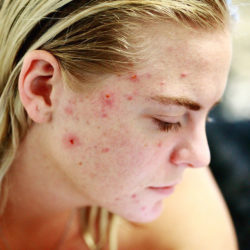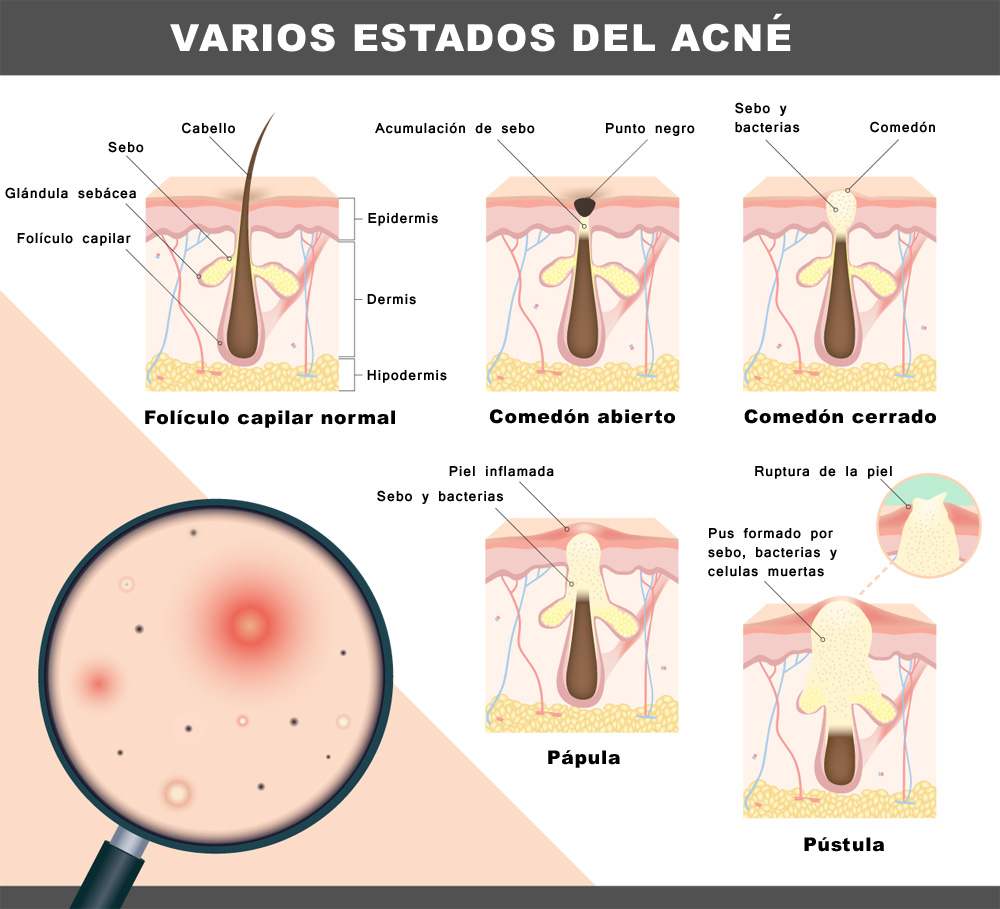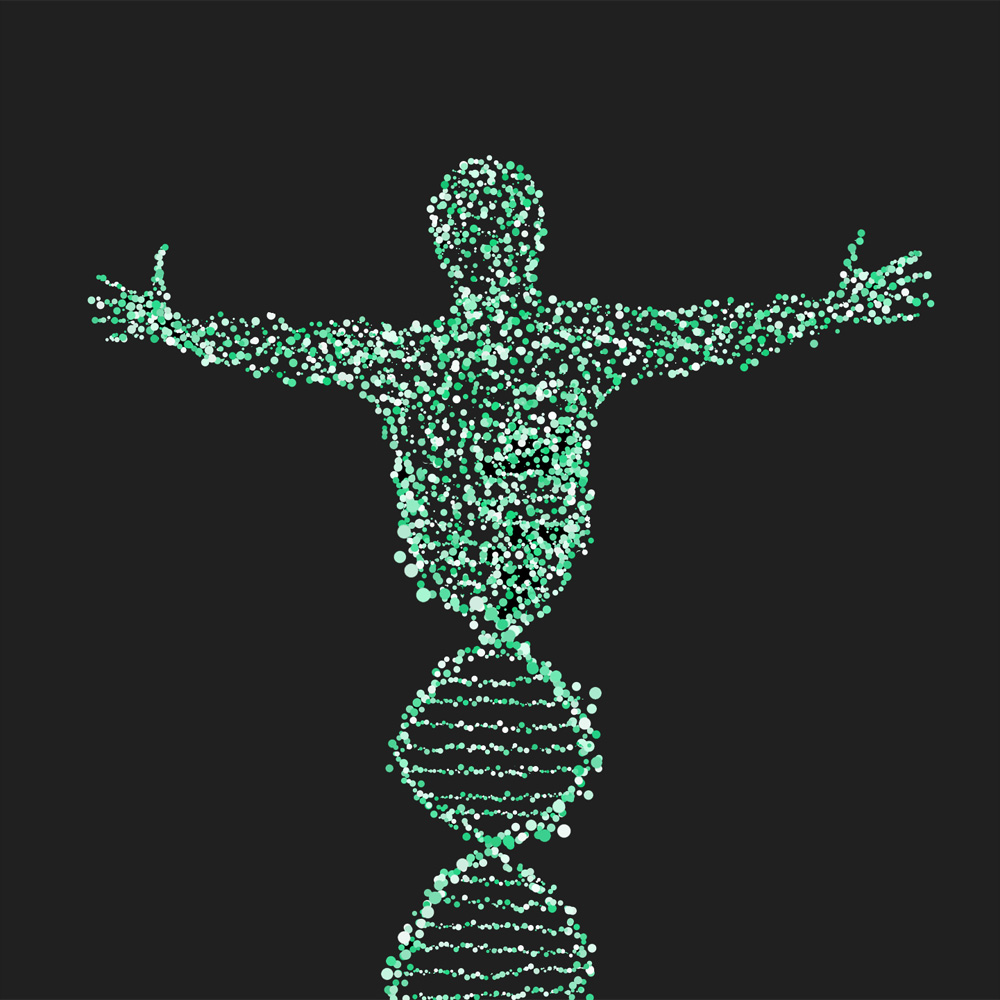Introduction

Acne, common acne, or acne vulgaris are terms that all refer to the same inflammatory skin disease that causes the appearance of comedones, papules, pustules, and nodules. The face and upper trunk are usually the most affected areas. Without proper intervention, this disease can become chronic and can leave the skin scarred.
This disease is already mentioned in the texts of ancient Greek and Roman doctors who used to associate it with puberty. Only at the beginning of the 19th century acne began to be classified into various subtypes. Today we already know that acne has a multifactorial origin and sometimes it is impossible to determine exactly its cause(s).
Acne is the most common disease among young people, to the point that 85% of adolescents are considered to be affected. Despite being prevalent among people 12 to 24 years of age, many individuals also continue to be affected into adulthood for many years.
Acne subtypes
There are many subtypes of acne, usually classified based on the visual characteristics of the lesions or the time of their appearance. If we classify acne visually, from its mildest manifestation to its most serious, then we can establish the following classification:
- Comedonal acne. It is the mildest form and consists when the skin is covered by numerous comedones.
- Papular acne. When there are many comedones and most are inflamed, but without lesions with pus.
- Atrophic acne. Papular acne whose severity causes skin lesions that heal in the form of craters (cavities).
- Acne conglobata. Many large comedones and abscesses communicate with each other through fistulas, forming cysts and nodules.
- Cystic acne. It is the gravest form of the disease where all the types of lesions that acne can cause appear, including many abscesses, cysts and nodules.
If we focus on the moment of appearance of acne, we can highlight neonatal acne, infantile acne, preadolescent acne and premenstrual acne. There are also many other subtypes of acne such as maskne, which appears due to the continued use of protective masks; cosmetics contact acne (caused by comedonic products that clog pores), occupational contact acne (caused by chemicals), and iatrogenic acne (caused by drugs).

The origin of acne

Acne can appear for many different and sometimes simultaneous causes (multifactorial causes). It has also been possible to establish that hereditary factors play an important role, given that genes that can induce a predisposition to develop acne have been identified. The main factors that can cause acne are:
- Excess sebum production
- Abnormal increase in the size of the sebaceous glands (hyperplasia)
- Bacterial colonization (Propionibacterium acnes)
- Abnormal desquamation
- Pre-existing inflammation of the skin
- Hormonal activity or hormonal disorders
- Follicular canal abnormalities
- Stress
- Medications (mainly corticosteroids, androgenics and anabolics)
- Exposure to chemicals
More recently, with COVID, a form of acne specifically caused by the use of masks has appeared, the MASKNE.
Maskne manifests itself on the cheeks, around the mouth and on the chin, where the combination of humidity, sweat, sebum overproduction, friction and heat create favorable conditions for bacterial proliferation.
Maskne usually appears along with skin irritations or dermatitis, due to mechanical friction caused by the mask, in areas such as the upper part of the nose or cheeks, etc…
